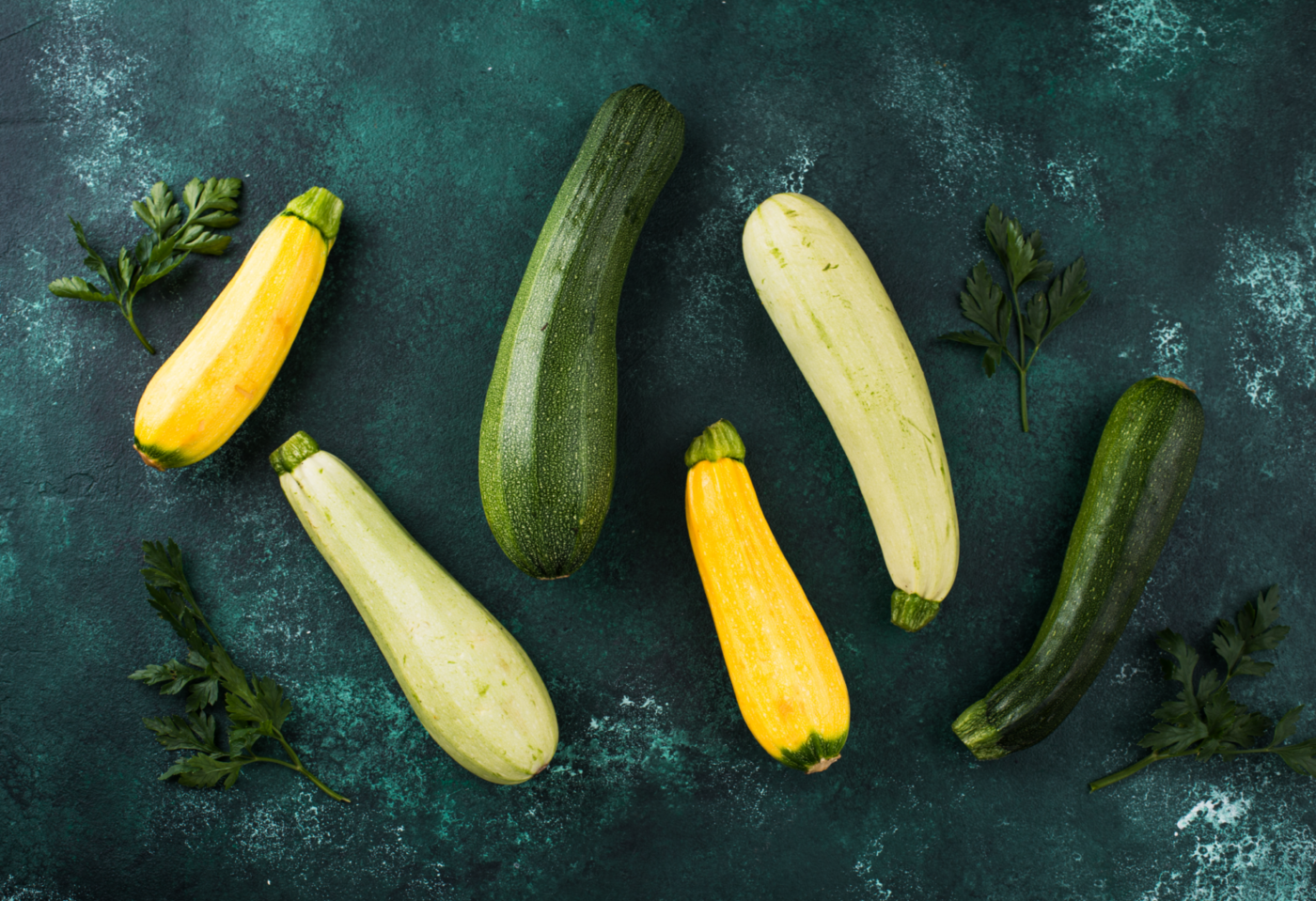Read More: History of Zucchini
Ancient Origins: The Mesoamerican Roots
The story of zucchini begins in Mesoamerica, a region encompassing parts of modern-day Mexico and Central America. This area is considered a cradle of agriculture, where indigenous peoples domesticated numerous crops, including squash, beans, and maize, thousands of years ago. Squash, in its various forms, was cultivated in this region for thousands of years.
These early squashes were quite different from the zucchini we know. They were likely smaller, with harder rinds, more seeds, and less flesh. The wild ancestors of zucchini, belonging to the species Cucurbita pepo, were valued for their nutritious seeds and durable shells, which could be used as containers or utensils. Over centuries, through careful selection and cultivation, the indigenous peoples of Mesoamerica gradually transformed these wild squashes into more desirable forms, selecting for larger fruit, thinner rinds, and more palatable flesh.
A Transatlantic Voyage: Squash Crosses the Ocean
The arrival of explorers in the Americas marked a turning point in the history of many foods, including squash. The exchange saw the transfer of plants, animals, and diseases between the Old World (Europe, Asia, and Africa) and the New World (the Americas).1 Squash was among the many New World crops that made their way to Europe, where they were gradually adopted into local cuisines.
Squash arrived in Europe at a time of culinary exploration and experimentation. Initially, these New World vegetables were viewed with curiosity and some suspicion. However, they eventually found their place in European gardens and kitchens, particularly in the Mediterranean region.
The Italian Refinement: The Birth of Zucchini
While squash had been introduced to Europe, the zucchini we recognize today was developed much later in Italy. It was in the late 19th and early 20th centuries that Italian plant breeders, particularly in the region of Lombardy, began to selectively breed summer squash varieties for specific traits. They focused on developing a squash that was tender, flavorful, and quick to mature, harvested while still young and immature.
This meticulous breeding process led to the creation of the zucchini, a name derived from the Italian word “zucca,” meaning gourd or squash, with the diminutive suffix “-ini” denoting its small size. The term “zucchini” was first used around the beginning of the 20th century, marking its distinction as a unique variety of summer squash.
Zucchini’s Return to America: A Culinary Boomerang
Interestingly, the refined zucchini, developed in Italy, eventually made its way back to the Americas. Italian immigrants brought zucchini seeds with them to the United States in the early 20th century. It was in California, with its Mediterranean-like climate, that zucchini truly flourished. By the 1920s, zucchini was being grown commercially in California and quickly gained popularity among American cooks.
The rise of zucchini in the United States coincided with a growing interest in fresh, healthy foods and an increasing awareness of international cuisines. Zucchini’s versatility and mild flavor made it a welcome addition to the American table, finding its way into a variety of dishes, from simple sautés to elaborate gratins.
Zucchini Today: A Global Culinary Staple
From its humble beginnings in ancient Mesoamerica, the zucchini has journeyed across continents and centuries to become a global culinary staple. Today, it’s grown and enjoyed worldwide, appreciated for its versatility, nutritional value, and ease of cultivation. It’s a testament to the ingenuity of ancient farmers, the skill of Italian plant breeders, and the adaptability of this remarkable squash.
Whether you’re grilling it, roasting it, spiralizing it into “zoodles,” or baking it into bread, the zucchini continues to delight and inspire cooks around the world. Its story is a reminder of the interconnectedness of our food systems and the rich history embedded in even the simplest of ingredients. The next time you encounter a zucchini, take a moment to appreciate the long and fascinating journey it took to arrive on your plate.




Comments